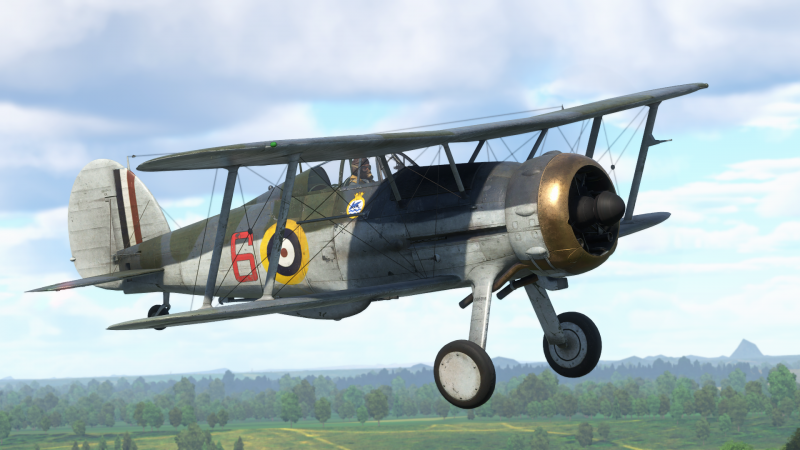
The Gloster Sea Gladiator was a naval variant of the Gloster Gladiator, a British biplane fighter aircraft that was used by the Royal Air Force (RAF) and the Fleet Air Arm during the late 1930s and early 1940s. The Sea Gladiator was specifically designed for operations on aircraft carriers.
Origins: The Sea Gladiator was derived from the land-based Gloster Gladiator, which was one of the last biplane fighters used by the RAF. The Gladiator itself was designed in the 1930s and was in service during the early years of World War II.
Naval Adaptations: To make the Gladiator suitable for carrier operations, certain modifications were made. These included the addition of an arrester hook for deck landings and the strengthening of the airframe to withstand the stresses of catapult launches.
Service History: The Sea Gladiator saw active service during the early years of World War II. Notably, it played a role in the defense of the British naval base at Malta during the Siege of Malta in 1940-1942.
Armament: Like the land-based Gladiator, the Sea Gladiator was armed with machine guns. Typically, it was equipped with four .303 inch (7.7 mm) Browning machine guns, two in each wing.
Performance: The Sea Gladiator had a top speed of around 253 mph (407 km/h) and a range of approximately 430 miles (692 km). Its performance was somewhat limited compared to more modern monoplane designs, but it still played a role in the early stages of the war.
Legacy: While the Sea Gladiator was eventually phased out of front-line service as more advanced aircraft became available, its contribution during the early war years, particularly in the defense of Malta, is remembered. The Gloster Sea Gladiator, like its land-based counterpart, represents the end of an era in military aviation, as it was one of the last biplanes used by the British military.
Development
Context
The roaring twenties saw a development of Britain's air defences upon a new generation interceptor aircraft made for short ranges runs at 150 to 200 miles per hour (240 to 320 km/h), and still largely made of wood and canvas. In the thirties, the Air Ministry wanted to upgrade the concept, and wanted to distance themselves from the classic formula "one pilot, two machine guns" as the latter were often jamming and being generally unreliable in flight. The Air Ministry's committee formulated Specification F.7/30, for a new interceptor rated at 250 mph (400 km/h) and four machine guns of a new type, with redundancy. Handling caracteristics of the new fighter would also allow a pilot t be still comfortable in night squadrons. Gloster, already busy with the Gloster Gauntlet, skipped the specification, to return later with a better product for the next ones.The controversial spec F.7/30 (1933)
The specification notably specified the new Rolls-Royce Goshawk liquid cooled inline engine and this all proposals received by various manufacturers featured the same Goshawk engine, which however on the long run, proved to be unreliable. To blame was its overly complex and underdeveloped cooling system, which did not fitted its purpose. In the end, its weight made the whole development of the early 1930s fighter stall. The machine gun breeches placement was also an issue, as it needed to be placed within arm's reach of the pilot, contradicting the engine model in part. Development of monoplane fighters however also rose with some private ventures and foreign examples, and the early prototype of the Hawker Hurricane and Supermarine Spitfire eventually contributed to make the F.7/30 specification obsolete.Gloster however still believed it could fill the need of the Specification F.7/30 and rather than starting on a blank page, submitted its Gauntlet, but worked on a development under private venture, the SS.37, with a team under under legendary designer H.P. Folland, which ensured to meet the new specification. Gloster reused wing-design techniques developed by Hawker and used single-bay wings, not two-bay ones as the former fighter, removing also two pairs of interplane struts to reduce drag. The next point for performance was the upgrade to the Bristol Mercury M.E.30 radial rated for 700 hp (520 kW) and to complete the upgrade, a new cantilever main undercarriage with internally sprung wheel struts.
A private venture improved Gloster Gauntlet
This spring 1934, the first SS.37 prototype was started, completed in September 1934, for its maiden flight by chief test pilot Gerry Sayer. It had a lower grade 530 hp (400 kW) Mercury IV engine, and then, swapped for more flights to the 645 hp (481 kW) Mercury VIS, reaching 242 mph (389 km/h; 210 kn) with its four .303 in (7.7 mm) between the fuselage and lower wing. Submitted to the Air Ministry, they expressed doubt about meeting performances with a radial, but granted a trials session which started on 3 April 1935, with the RAF (K5200) whereas Gloster worked on an 840 hp (630 kW) Mercury IX engineupgrade with a new two-blade wooden fixed-pitch propeller, better wheel discs, fully enclosed cockpit. K5200 was later modified that way.By June 1935, production was approved under Specification F.14/35 drawn up under rising tensions on continental Europe. The order of the day was a rapid expansion of the RAF with any model ready to specs, and there was a first order to Gloster for 23 aircraft, the model being named officially by 1 July 1935 the "Gladiatoré. Production started at Hucclecote and on 16 February 1937, K6129 was accepted by the RAF, then 4 March 1937, K6151, last of the first batch. By September, 180 more were ordered with a schedule to the end of 1937.
Main production models: MkI, and MkII.
The Gladiator Mk I arrived in numbers from July 1936 and was in service by January 1937 and benefited of th discredit towred the Rolls-Royce Merlin combustion chamber. The Air Ministry then ordered 300 more Mk II Gladiators under the stopgap Specification F.36/37, with 252 to be delivered by April 1940. Gloster fitted the more powerful Mercury VIIIAS engine using Hobson mixture control boxes and half-automated boost-control carburettor plus the new Fairey fixed-pitch three-blade metal propeller, and four Browning 0.303-in machine guns under licence by BSA. Last British biplane fighter of WW2 it saw service until late 1942 on various fronts, excelling in particular in North Africa against Italian fighters. In all, with 747 built (483 RAF, 98 RN), 216 were exported to 13 countries (Belgium, China, Egypt, Finland, Free France, Greece, Iraq, Ireland, Latvia, Lithuania, Norway, Portugal, South Africa, Sweden) but stood no chance against the Messerschmitt Bf 109, zbout 150 kph faster.The Sea Gladiator variant
Gloster initiative towards a marine version of its fighter was largely also a prinvate venture aimed towards Navy needs. Gloster started with the Mk II as a base, and named it the "Sea Gladiator". It was proposed to the Fleet Air Arm in 1938. an arrestor hook, catapult attachment points, a strengthened airframe, and an underbelly fairing for a dinghy lifeboat, all for operations aboard aircraft carriers. Of the 98 aircraft built as, or converted to, Sea Gladiators, 54 were still in service by the outbreak of the Second World War.At first the company produced the "Sea Gladiator Interim", and early serie, this single-seat fighter biplane was created for the Royal Navy, from 38 modified Gladiator II aircraft, refitted with an arrestor hook. Their serial numbers were N2265 from N2302. The main Sea Gladiators were 60 Single-seat fighter biplane for the Royal Navy, 60 built. Fitted with arrestor hooks and provision for dinghy stowage. Serial numbers: N5500 – N5549 and N5565 – N5574.
⚙ Sea Gladiator Mark I specifications | |
| Gross Weight | 3,730 lb empty |
| Max Takeoff weight | 5,400 lb loaded |
| Lenght | 27 ft 5 in |
| Wingspan | 32 ft 3 in |
| Height | 10 ft 4 in |
| Engine | 840 h.p. Bristol Mercury VIIIA radial |
| Top Speed, sea level | 244 mph at 14,500 ft |
| Range | 423 miles |
| Ceiling | 33,000 ft |
| Armament | Four .303 cal Browning MG |
| Crew | 1 pilot |
Gallery
Author's illustrations: Types and liveries
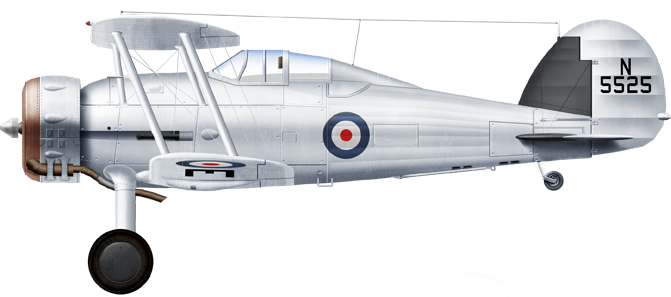
802 NAS model based on HMS Glorious, Aboukir Air Force, Egypt, summer 1939

"Faith" in Hal Far base, Malta july 1940
Additional photos



- Lohner E (1913)
- Macchi M3 (1916)
- Macchi M5 (1918)
- Ansaldo ISVA (1918)
- Sopwith Baby (1916)
- Short 184 (1916)
- Fairey Campania (1917)
- Sopwith Cuckoo (1917)
- Felixstowe F.2 (1917)
- Friedrichshafen FF 33 (1916)
- Albatros W4 (1916)
- Albatros W8 (1918)
- Hanriot HD.2
- Grigorovitch M5
- IJN Farman MF.7
- IJN Yokosho Type Mo
- Yokosho Rogou Kougata (1917)
- Yokosuka Igo-Ko (1920)
- Curtiss N9 (1916)
- Aeromarine 39
- Vought VE-7
- Douglas DT (1921)
- Boeing FB.5 (1923)
- Boeing F4B (1928)
- Vought O2U/O3U Corsair (1928)
- Blackburn Blackburn (1922)
- Supermarine Seagull (1922)
- Blackburn Ripon (1926)
- Fairey IIIF (1927)
- Fairey Seal (1930)
- LGL-32 C.1 (1927)
- Caspar U1 (1921)
- Dornier Do J Wal (1922)
- Rohrbach R-III (1924)
- Mitsubishi 1MF (1923)
- Mitsubishi B1M (1923)
- Yokosuka E1Y (1923)
- Nakajima A1N (1927)
- Nakajima E2N (1927)
- Mitsubishi B2M (1927)
- Nakajima A4N (1929)
- CANT 18
WW1
✠ K.u.K. Seefliegerkorps:
 Italian Naval Aviation
Italian Naval Aviation
 RNAS
RNAS
 Marineflieger
Marineflieger
 French Naval Aviation
French Naval Aviation
 Russian Naval Aviation
Russian Naval Aviation
 IJN Air Service
IJN Air Service
 USA
USA
Interwar
 Interwar US
Interwar US
 Interwar Britain
Interwar Britain
 Interwar France
Interwar France
 Interwar Germany
Interwar Germany
 Interwar Japan
Interwar Japan
 Interwar Italy
Interwar Italy
- Curtiss SOC seagull (1934)
- Grumman FF (1931)
- Curtiss F11C Goshawk (1932)
- Grumman F2F (1933)
- Grumman F3F (1935)
- Northrop BT-1 (1935)
- Grumman J2F Duck (1936)
- Consolidated PBY Catalina (1935)
- Brewster/NAF SBN-1 (1936)
- Curtiss SBC Helldiver (1936)
- Vought SB2U Vindicator (1936)
- Brewster F2A Buffalo (1937)
- Douglas TBD Devastator (1937)
- Vought Kingfisher (1938)
- Curtiss SO3C Seamew (1939)
- Douglas SBD Dauntless (1939)
- Grumman F4F Wildcat (1940)
- F4U Corsair (NE) (1940)
- Brewster SB2A Buccaneer (1941)
- Grumman TBF/TBM Avenger (1941)
- Consolidated TBY Sea Wolf (1941)
- Grumman F6F Hellcat (1942)
- Curtiss SB2C Helldiver (1942)
- Curtiss SC Seahawk (1944)
- Grumman F8F Bearcat (1944)
- Ryan FR-1 Fireball (1944)
- Douglas AD-1 Skyraider (1945)
Fleet Air Arm
- Fairey Swordfish (1934)
- Blackburn Shark (1934)
- Supermarine Walrus (1936)
- Fairey Seafox (1936)
- Blackburn Skua (1937)
- Short Sunderland (1937)
- Blackburn Roc (1938)
- Fairey Albacore (1940)
- Fairey Fulmar (1940)
- Grumman Martlet (1941)
- Hawker sea Hurricane (1941)
- Brewster Bermuda (1942)
- Fairey Barracuda (1943)
- Fairey Firefly (1943)
- Grumman Tarpon (1943)
- Grumman Gannet (1943)
- Supermarine seafire (1943)
- Blackburn Firebrand (1944)
- Hawker Sea Fury (1944)
IJN aviation
- Aichi D1A "Susie" (1934)
- Mitsubishi A5M "Claude" (1935)
- Nakajima A4N (1935)
- Yokosuka B4Y "Jean" (1935)
- Mitsubishi G3M "Nell" (1935)
- Nakajima E8N "Dave" (1935)
- Kawanishi E7K "Alf" (1935)
- Nakajima B5N "Kate" (1937)
- Kawanishi H6K "Mavis" (1938)
- Aichi D3A "Val" (1940)
- Mitsubishi A6M "zeke" (1940)
- Nakajima E14Y "Glen" (1941)
- Nakajima B6N "Jill" (1941)
- Mitsubishi F1M "pete" (1941)
- Aichi E13A Reisu "Jake" (1941)
- Kawanishi E15K Shiun "Norm" (1941)
- Nakajima C6N Saiun "Myrt" (1942)
- Yokosuka D4Y "Judy" (1942)
- Kyushu Q1W Tokai "Lorna" (1944)
Luftwaffe
- Arado 196 (1937)
- Me109 T (1938)
- Blohm & Voss 138 Seedrache (1940)
Italian Aviation
- Savoia-Marchetti S.55
- IMAM Ro.43/44
- CANT Z.501 Gabbiano
- CANT Z.506 Airone
- CANT Z.508
- CANT Z.511
French Aeronavale
- GL.300 (1926-39)
- Levasseur PL.5 (1927)
- Potez 452 (1935)
- Loire 210 (1936)
- Loire 130 (1937)
- LN 401 (1938)
Soviet Naval Aviation
- Shavrov SH-2 (1928)
- Tupolev TB-1P (1931)
- Beriev MBR-2 (1930)
- Tupolev MR-6 (1933)
- Tupolev MTB-1 (1934)
- Beriev Be-2 (1936)
- Polikarpov I16 naval (1936)
- Tupolev MTB-2 (1937)
- Ilyushine DB-3T/TP (1937)
- Beriev Be-4 (1940)
-
Skoda Š-328V
R-XIII Idro
Fokker C.XI W (1934)
WW2
- De Havilland Sea Vixen
- Hawker Sea Hawk
- Supermarine Scimitar
- Blackburn Buccaneer
- Hawker Sea Harrier
- Douglas A4 Skyhawk
- Grumman F9F Panther
- Vought F8 Crusader
- McDonnell-Douglas F-4 Phantom-II
- North Am. A5 Vigilante
- TU-142
- Yak 38 forger
☢ Cold War
✧ NATO
 Fleet Air Arm
Fleet Air Arm
 US Navy
US Navy
☭ Warsaw Pact
Merch
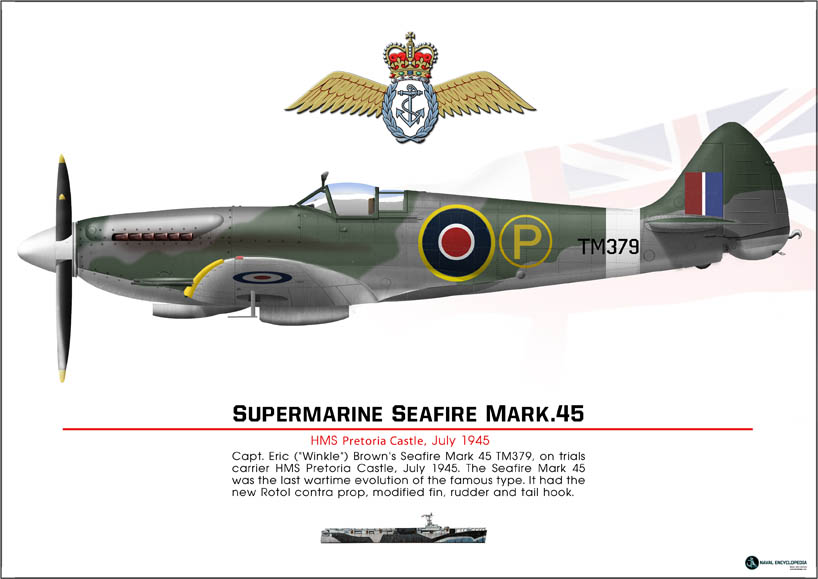
Seafire Mark 45; HMS Pretoria Castle
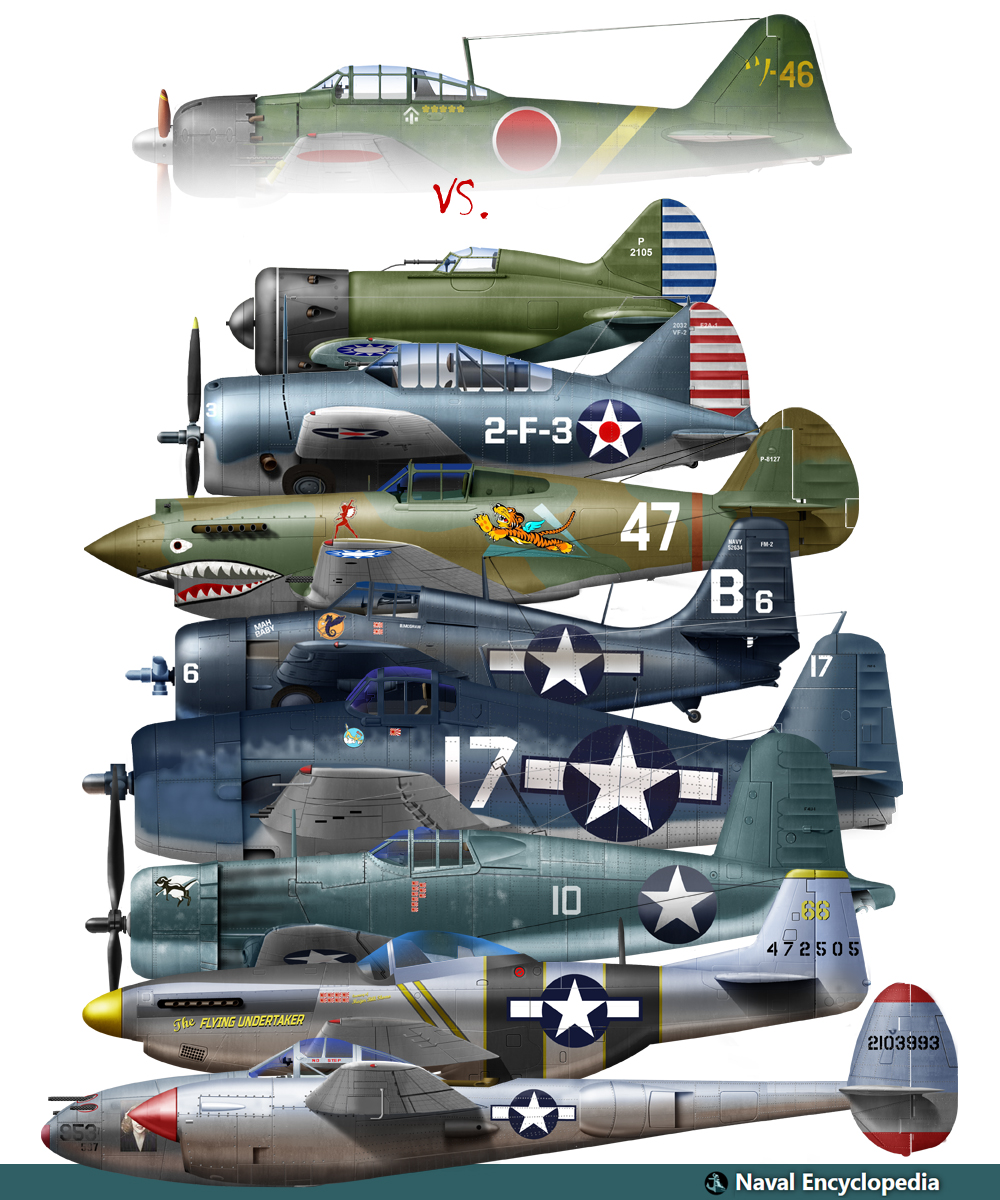
Zeros vs its aversaries
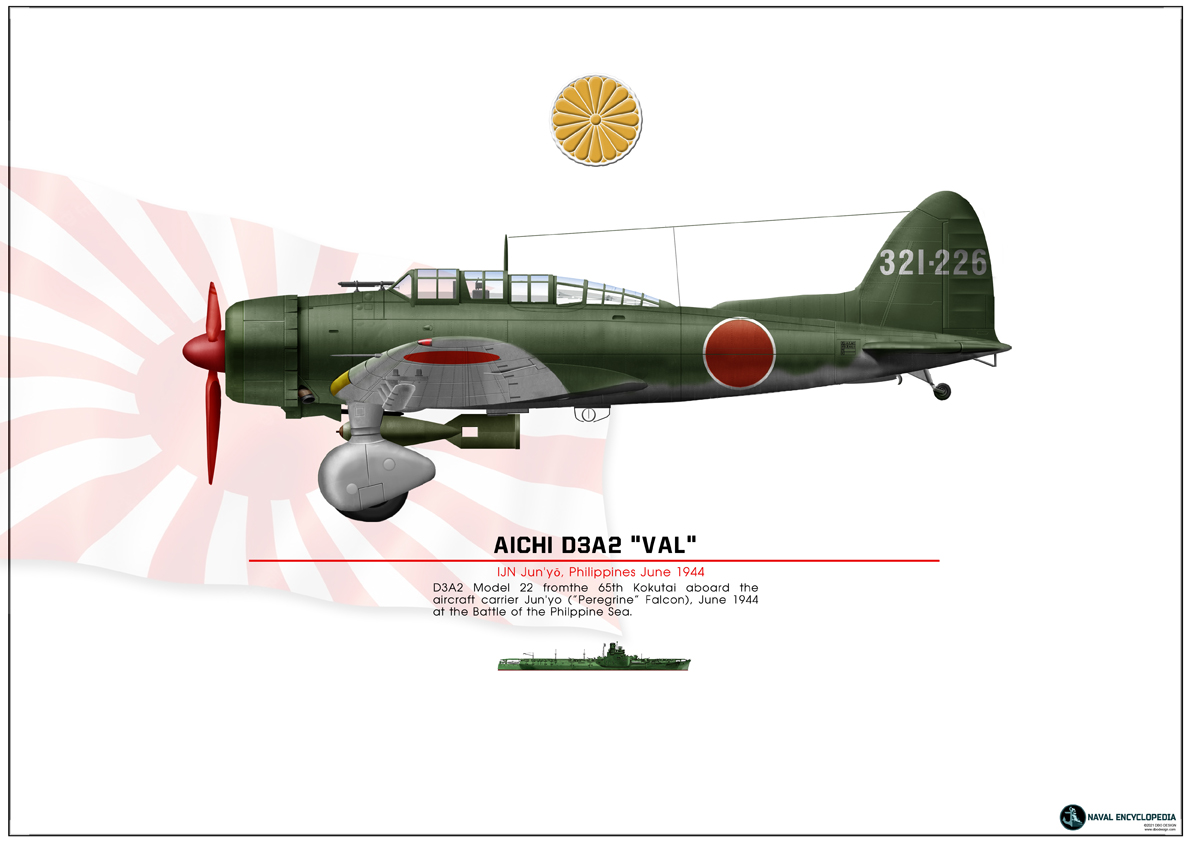
Aichi D3A “Val” Junyo
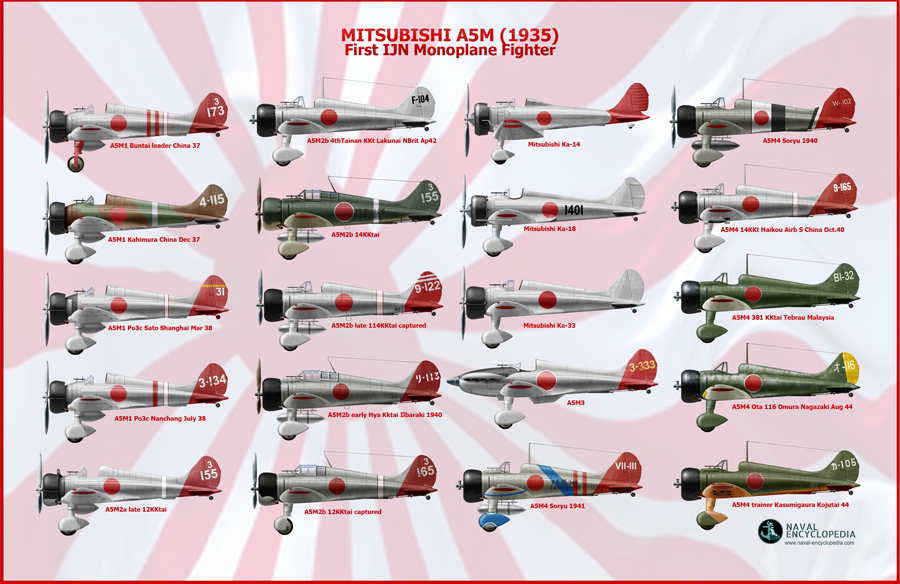
Mitsubishi A5M poster
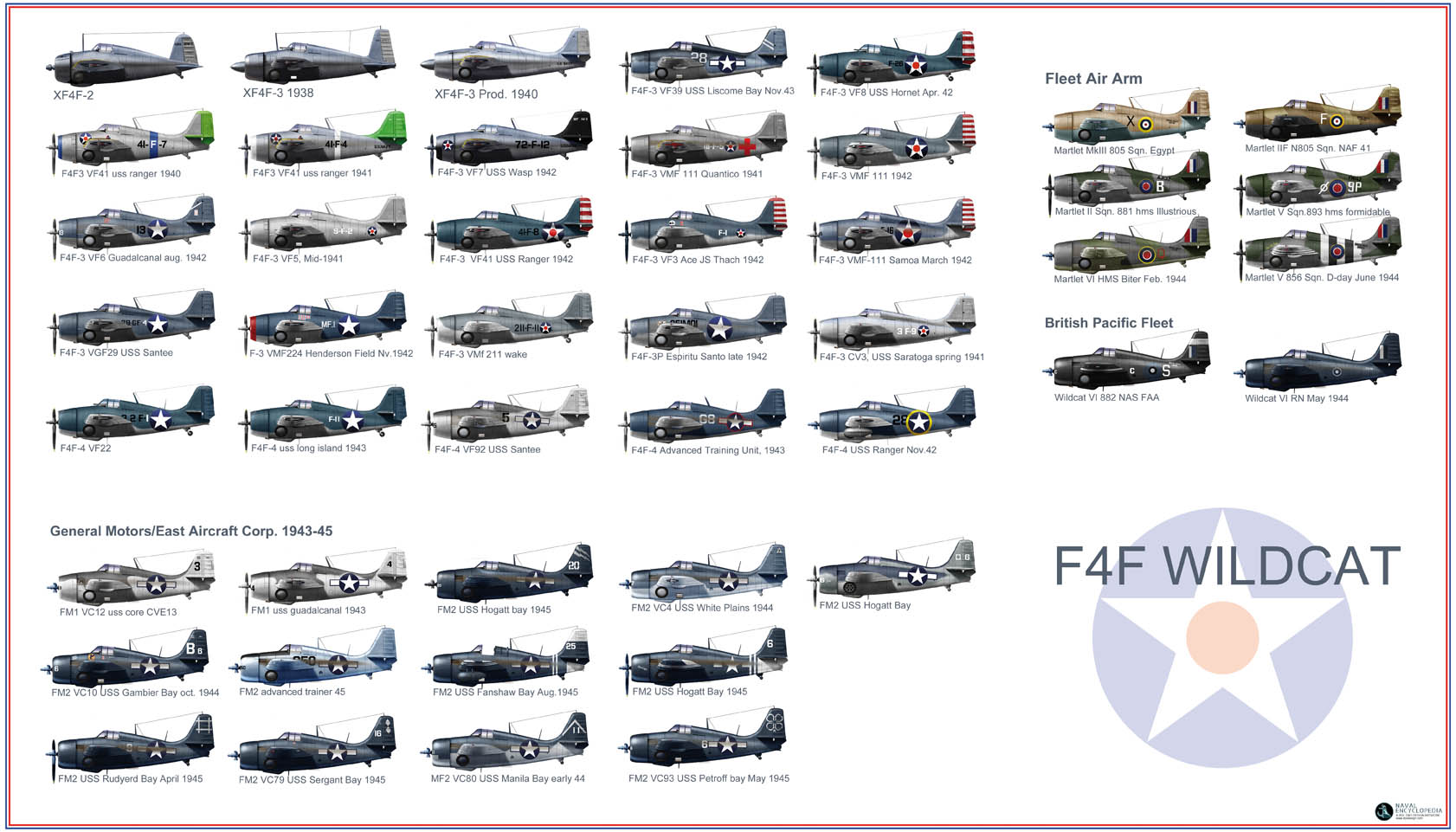
F4F wildcat
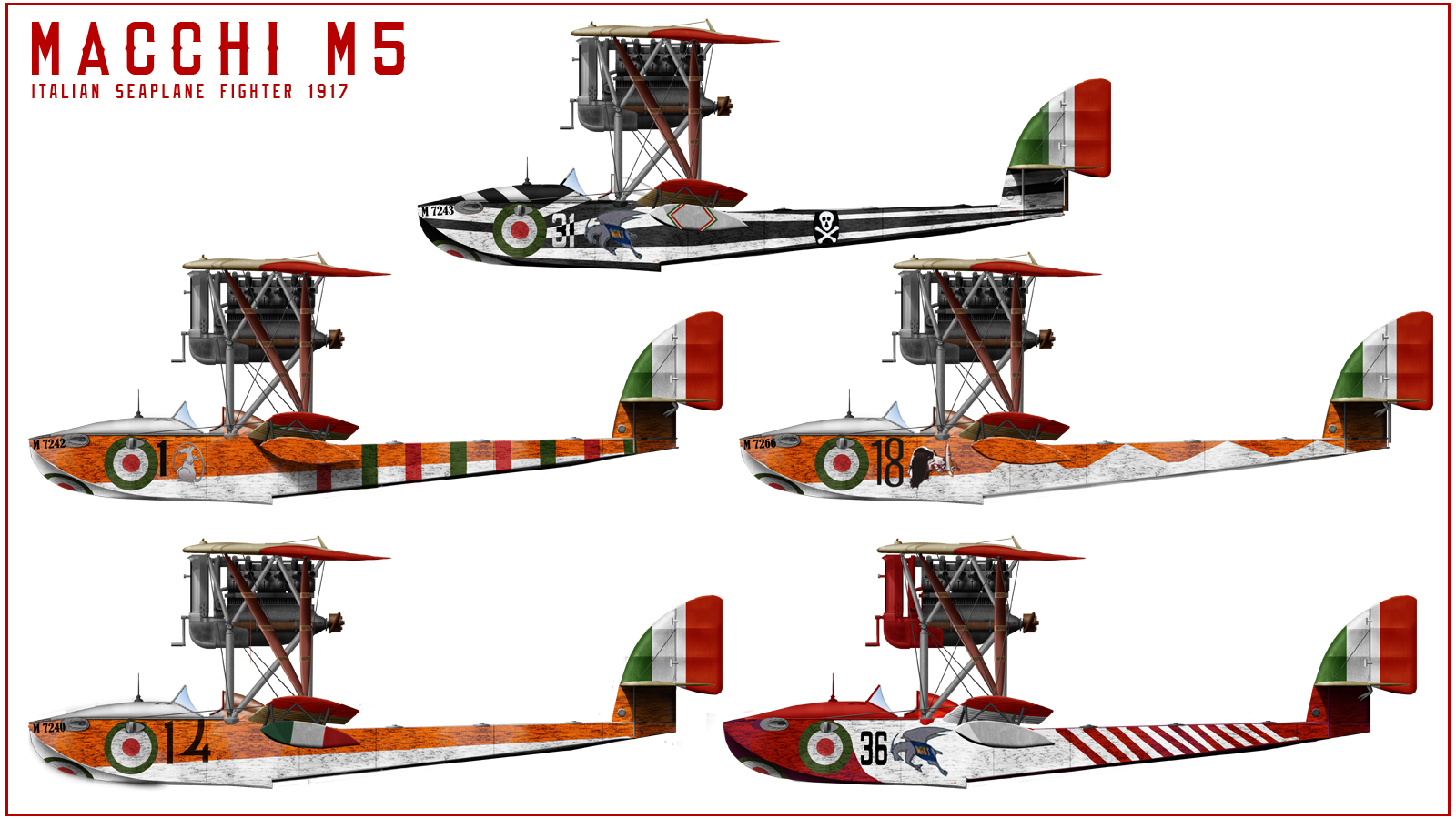
Macchi M5
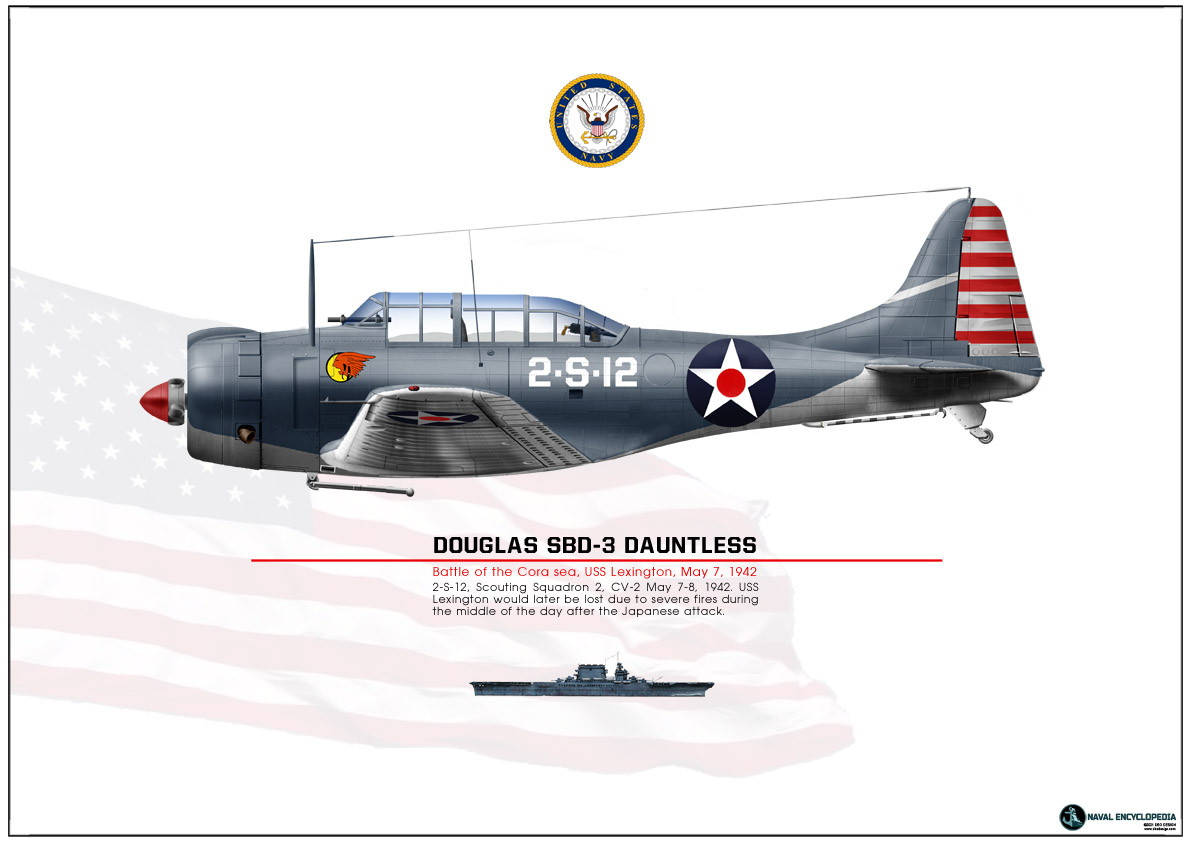
SBD Dauntless Coral Sea
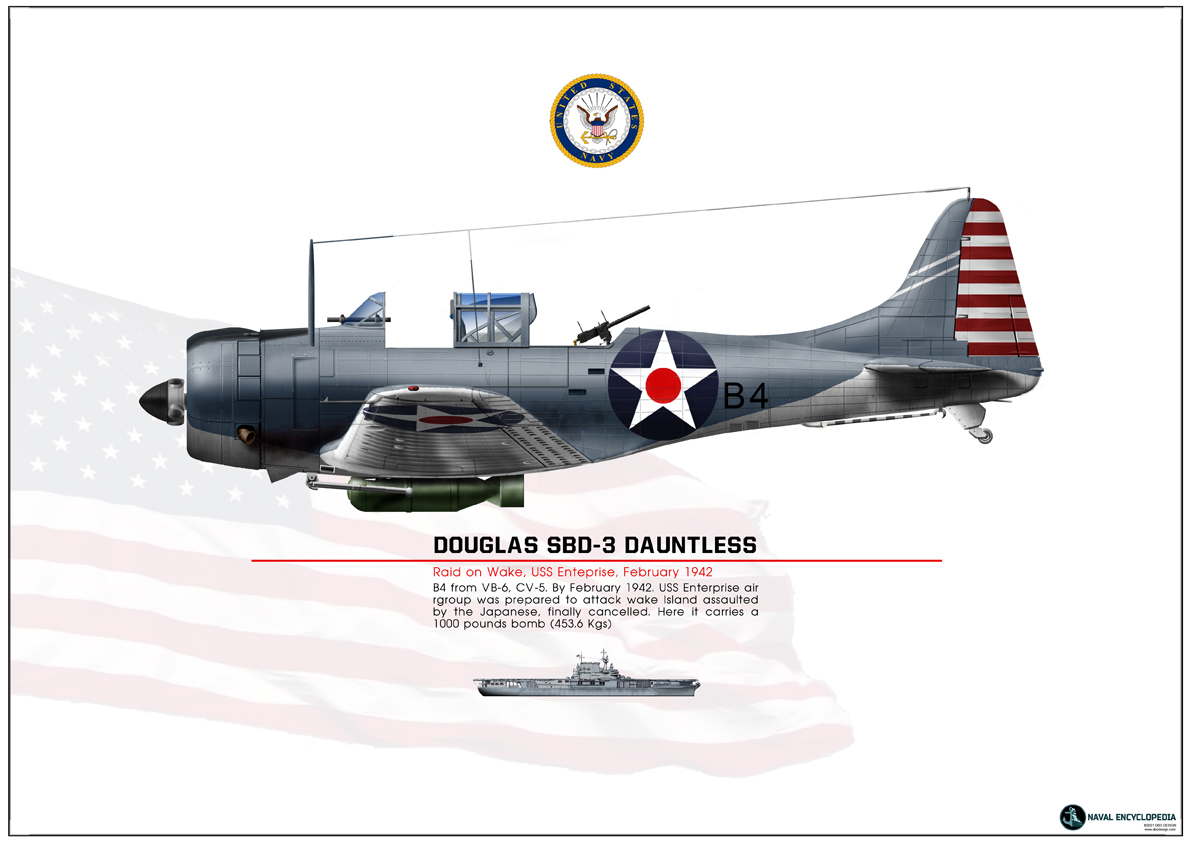
SBD Dauntless USS Enterprise
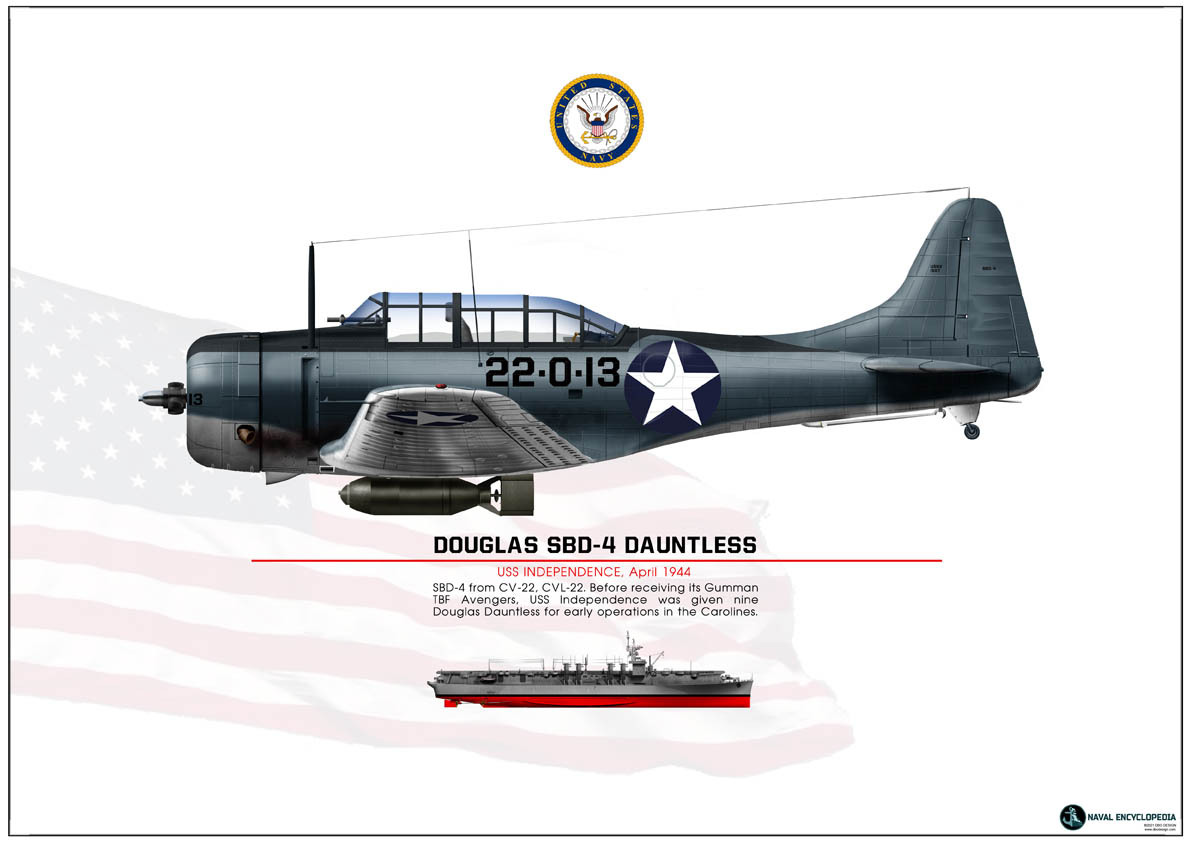
SBD-4 CV22